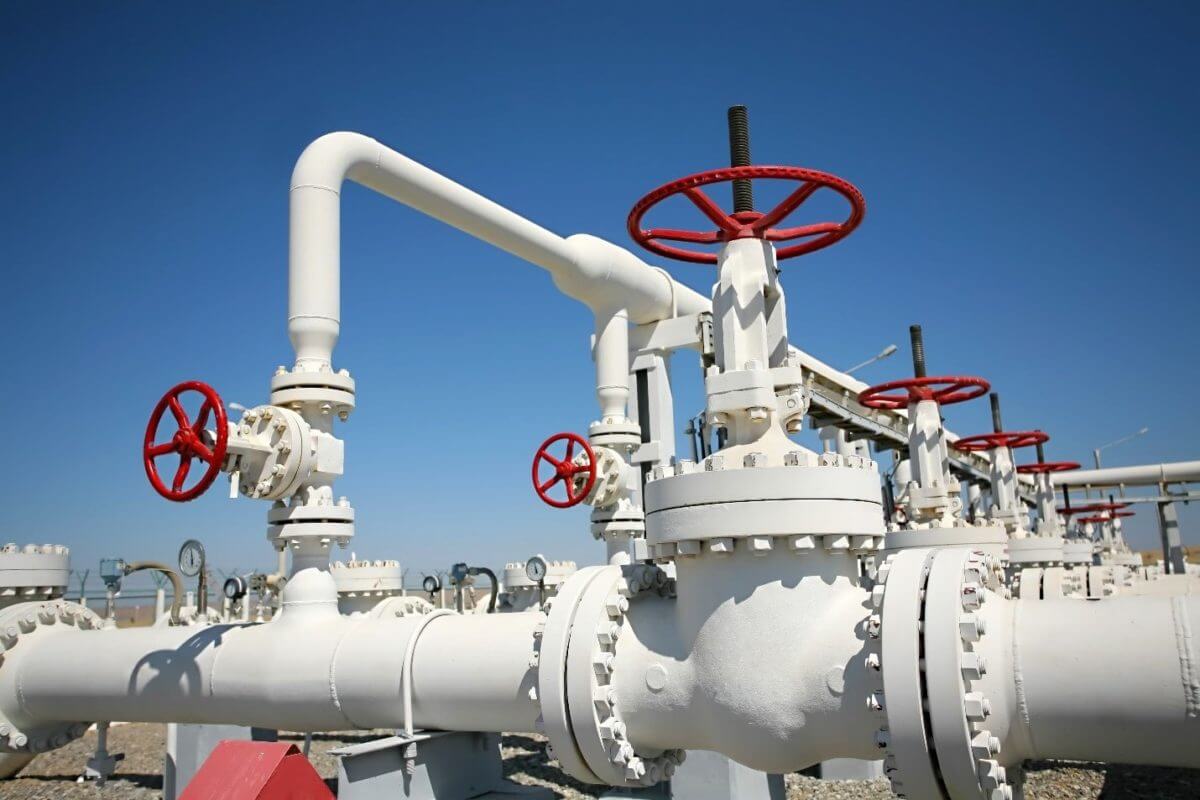
Natural Gas Drops 0.81%, Holding Above $1.9308
Quick Look
- Natural Gas (NG) experiences a slight decrease to $1.9570, down by 0.81%.
- Support and resistance levels highlight the ongoing battle between bulls and bears.
- US futures show resilience amidst global production shifts and geopolitical tensions.
Natural Gas (NG) recently experienced a slight setback, settling at $1.9570, representing a modest decrease of 0.81%. Despite this slight retreat, NG remains above its crucial pivot point of $1.9308. This positioning suggests underlying bullish momentum, provided the price stays above this marker. However, a dip below could shift the trend towards bearish territory.
Key resistance levels have been identified at $1.9871, $2.0282, and $2.0841, outlining the challenges ahead for any potential upward movement. Conversely, support levels at $1.8604, $1.8016, and $1.7257 are in place to cushion any further decline, offering a safety net against sharper drops.
50-Day EMA Supports Bullish Trend at $1.8611
The current market setup is strongly supported by both the 50-day Exponential Moving Average (EMA) at $1.8611 and the 200-day EMA at $1.9909. These indicators collectively suggest a bullish outlook, indicating potential for gains as long as prices remain above the pivotal $1.9308 mark.
On Monday, U.S. natural gas futures experienced a notable increase. This surge was driven by traders taking advantage of oversold conditions and the potential for production cuts. EQT, the largest natural gas producer in the United States, has announced its intention to reduce its output by nearly 1 billion cubic feet per day until March. This decision highlights the market’s sensitivity to price changes and strategic production adjustments.
The Broader Energy Context and Geopolitical Factors
Understanding the dynamics of natural gas prices requires consideration of the broader energy landscape and geopolitical influences. The recent decline in WTI crude oil prices following OPEC+’s decision to extend output cuts exemplifies this. Such actions, aimed at market stabilisation, reflect a strategic response to global supply-demand imbalances.
Europe’s energy crisis adds another layer of complexity. The continent’s severe shortage of domestic resources, exacerbated by the Russian invasion of Ukraine and ensuing geopolitical tensions, underscores the critical need for stable and secure energy supplies. The strategic manipulation of natural gas by key players highlights the interconnectedness of energy markets and international politics.
As traders and analysts monitor these developments, the natural gas market remains a key area of interest. The intricate interplay of supply adjustments, market sentiment, and geopolitical factors continues to influence the market landscape. Stakeholders navigate through this complex environment, seeking to capitalise on opportunities amid the volatility.




